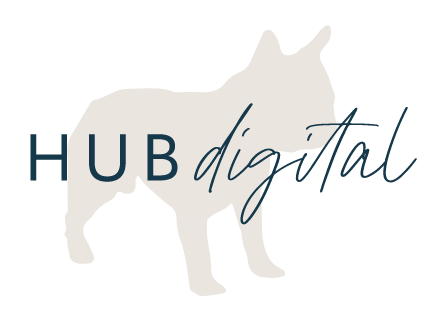What Exactly Does "Hit" Mean? - Display Advertising 101 pt. 1 of 2
Being a business owner, you've most likely fielded a few calls from sales rep looking to get you to buy advertising from them. In an effort to stay open minded about growing your business and trying new things, you agree to schedule an appointment with that cool new website. On the day of the meeting, the sales rep walks in and starts throwing around terms like "hits", "UVs" and "CTRs" which leaves you more confused than before the meeting started. Sure the numbers sound impressive, but this all new for you. How are you supposed to be really sure you're getting a good deal if you don't even know what they're talking about? Lucky for you I'm here to break down all these digital terms, as well as give you some insider tips to buying online advertising I picked up from my years as a digital sales rep. You can thank me later.
- Banner Ad - Display advertising on a website. This does NOT just refer to that long thin banner across the top of a website. It encompasses ALL different size and shape display ads on a website.
- Paid Search - The purchase of keywords or phrases in an effort to show up #1 in search. These look like regular search results but have a small little box that says "AD" next to them. Typically you would place bids on keywords and would be charged when someone clicks on your ad. These can be very effective (since you're reaching people specifically searching for your product or service), however, be careful of spam bots or competition who may click on your ad multiple times in an effort to cost you money without generating any leads. The most used paid search option is Google Adwords. This is not to be confused with display advertising (see banner Ad above)
- Hit - A single file or picture on a website that is delivered to a web server every time a page is visited. As an example, a single page on a website may have 10 pictures. Every time one person visits that page it counts for 11 hits (10 for the pictures and 1 for the HTML file of the actual page). This is the MOST overused and misleading term used by online sales reps. They may tell you their website gets over 10,000 "hits" per month. To someone who doesn't know better this is very impressive. However, each page of their website could have 20 different files on it (pictures, tables, javascript files, etc.) That means that "10,000 hits" is really only about 500 visitors came to the site. There is a HUGE difference in value there so know that you're in the know, don't let them fool you!
- Impressions - How many times your ad was seen. This is one way you can track how your ad is performing. Knowing the number of visitors to a site is great, but what good does that do you if your ad isn't being shown to them?
- UV/Unique Visitor - One computer visiting the site one time during a specific time period. Asking your sales rep how many Unique Visitors their site gets in a month is a great idea. You want to make sure there is a good mix of new visitors and returning visitors. The Unique Visitor number is going to tell you that. A site could have 5,000 visits per month but could only have 1,000 Unique Visitors. While it's great that those 1,000 people are coming back to the site up to 5 times per month (more chances to convert), eventually advertising to the same people month after month will grow tiring for both your brand and the sites viewers.
- CTR/Click-thru Rate - Your percentage of clicks vs. impressions. This is something that can be tricky to use to tell if your ad is working. As a general rule of thumb, people don't click on online ads, unless there is a really great offer that draws them in. This doesn't mean online advertising isn't worth it! Just because someone didn't click on your ad, doesn't mean it didn't make an impression on them and stay with them long after they left that website. As a rule of thumb national average click thru rate is only .06%. This means that for every 100 people seeing your ad, you can expect only 6 of them to click thru. As long as your ad is performing right around that national average, don't get discouraged or place too much emphasis on this.
- Branding - An advertising campaign based on simply putting yourself in-front of a community or target market. This campaign aims to show people your colors, logos, products and/or services who may not already know what you do. This does not include any offers or discounts.
- Offer Based - An ad that includes an offer or discount in an effort to drive quick sales.
- Lead Generation - A campaign specifically targeted to getting leads or retaining a customer's information. Usually offers a coupon code, free information, or give-a-way in exchange for contact information for follow up later.
Hopefully these have helped you begin to make sense of the digital advertising world. Make sure you come back next week as I'm breaking down even MORE terms, and giving you tips specifically related to different buying philosophies and where on a website you'll want to be. See you next week!


